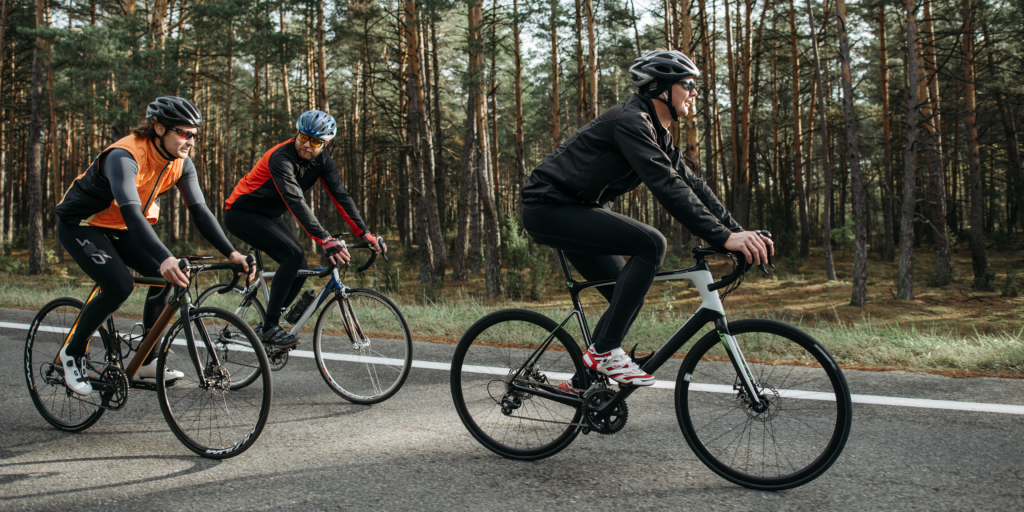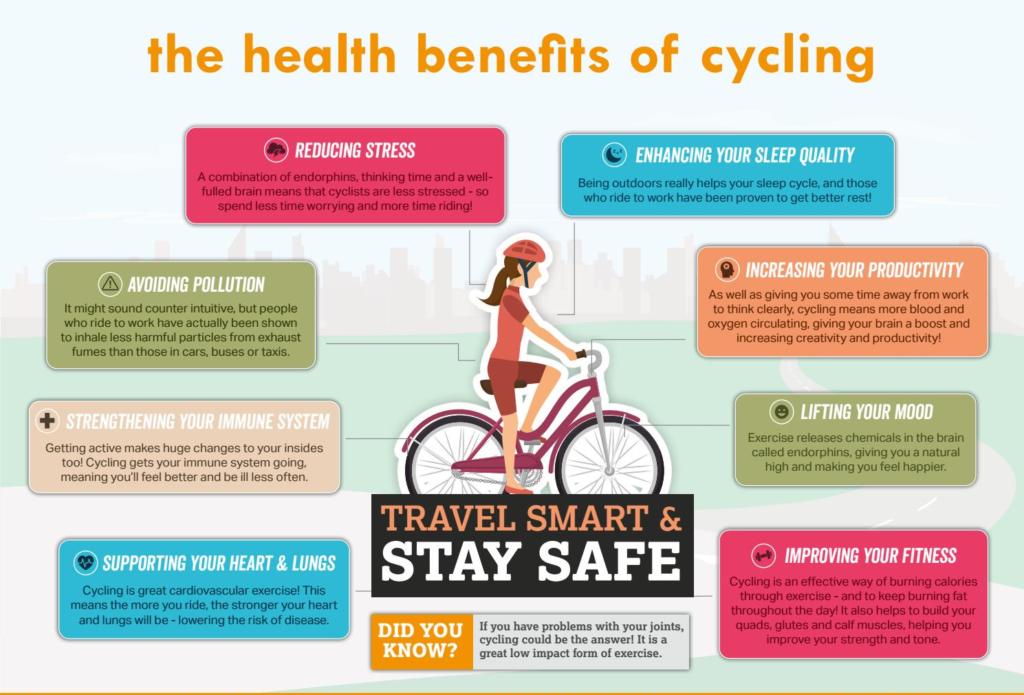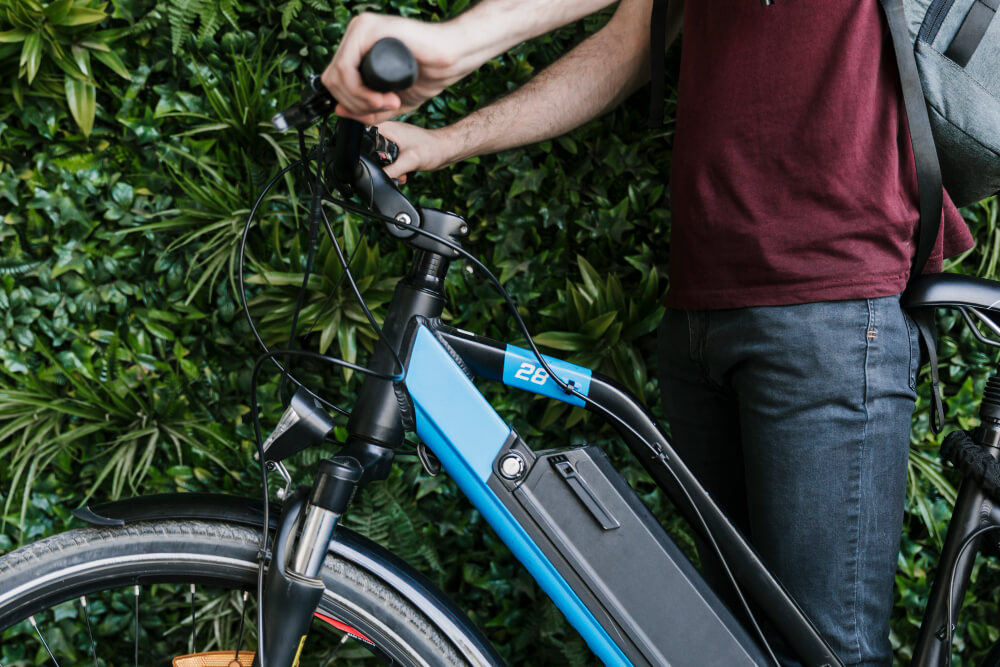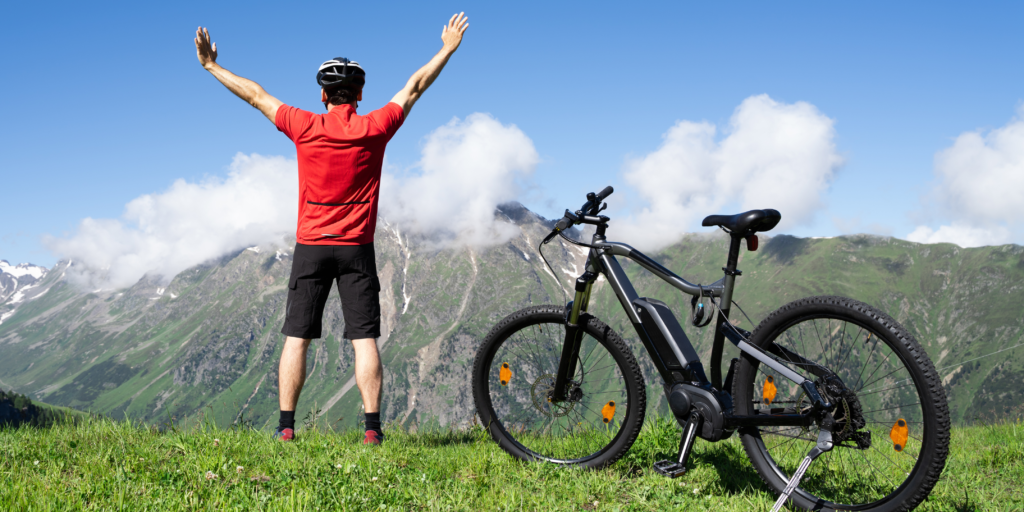Cycling has become a popular form of transportation around Ireland, with many people choosing bicycles over driving and public transport. For those looking for a more efficient option than traditional bicycles, electric bikes (aka e-bikes) are providing an attractive alternative.
The traditional bike and the e-bike are both great ways to get around, but which is right for you? In this article, we will explore the differences between e-bikes and traditional bikes in terms of speed, efficiency, sustainability, and cost savings. To help you decide, think about what kind of cycling you’ll be doing and how much effort you want to put in.
The Difference Between a Traditional Bike and an E-Bike
The main difference between a traditional bike and an e-bike is that the former allows you to get slightly more exercise. E-bikes are great for people who want to stay fit, but don’t want to deal with hills or traffic. Traditional bikes are best for those who live in flat areas and have less traffic than urban centres.
When it comes to deciding between traditional and electric bikes, it’s important to know what each has to offer. Here are some points for you to consider:

What is an E-bike?
An E-bike, also known as an electric bicycle, is a bike that has an electric motor to assist with propulsion. It uses a rechargeable battery to power the motor and provides additional power when you are pedalling. This power boost helps make cycling easier and faster. E-bikes are becoming increasingly popular as they provide a more sustainable and cost-effective form of transportation compared to traditional travel methods.
Are Electric Bikes Fast?
An electric bike can be up to three times faster than a traditional bike. The speed depends on the motor’s power, the battery’s size, and the terrain being travelled. Electric bikes typically have a maximum speed of 25kmh, the legal limit in Ireland. The additional power provided by the electric motor allows riders to navigate hills with greater ease and efficiency than traditional bicycles.
Are E-bikes Easier To Ride?
E-bikes help you get around town more easily. With their motorised assist, e-bikes are easier on hills. When you are feeling tired, you can relax a little as they don’t require as much pedalling effort. This makes them ideal for those who aren’t strong cyclists or want a bit of help getting from place to place.
Traditional bikes require much more physical exertion than electric ones do. If your commute involves lots of uphill climbs or long stretches where speed is essential (such as commuting through traffic), then an e-bike might be right up your alley.
Pros and Cons of Electric Bikes
Pros
- More affordable than a car or motorbike
- You can ride longer and faster
- Environmentally friendly
- Battery lasts longer than an internal combustion engine
- Faster and more convenient than non-electric bikes
- Quieter ride
- You can go further
- Easy to maintain
- You can carry heavier loads
- You can go up hills without breaking a sweat
Cons
- Limited range due to battery life
- For long-distance travel, you will have to charge it regularly.
- Heavier than non-electric bikes
- The initial cost may be higher than a traditional bike
- Dependency on recharging the battery
What Is A Traditional Bike?
A traditional bike is a two-wheeled, human-powered vehicle powered by the rider’s own energy. Traditional bikes are typically propelled forward by pedalling, with the rider sitting upright on a saddle.
Traditional bikes are available in many different styles, depending on their intended use. Common models include mountain bikes for off-roading, road bikes for speed and racing, and commuter bikes for everyday riding.

What Are The Pros And Cons Of Traditional Bikes?
Traditional bikes offer a number of advantages over other forms of transportation. They are inexpensive, require no fuel or electricity, and promote physical activity. Additionally, they can be ridden virtually anywhere, do not produce pollutants, and are relatively lightweight and easy to store.
Traditional bikes are also cheaper than electric bikes and are more environmentally friendly. and more efficient. They can be used in all weather conditions, unlike some types of e-bikes which may be limited.
However, traditional bikes have several disadvantages as well. They can be slow and difficult to ride uphill or on a windy day. Traditional bikes require regular maintenance such as tire inflation, but this is true of electric bikes too. It can also be difficult for older riders to mount and dismount a bike.

What Happens To Your Body When You Ride A Bike Every Day?
Regularly riding a bike can provide many benefits for your body. It can improve cardiovascular health by helping to maintain healthy blood pressure and cholesterol levels, and strengthen core muscles and leg muscles. Cycling also increases flexibility and coordination, burns fat and calories, and reduces overall stress. Additionally, it can help to bolster the immune system and reduce the risk of certain illnesses such as heart disease, diabetes, and even some types of cancer.

Are E-Bikes Good For Fitness
There is a misconception that E-bikes require zero effort and therefore have zero health benefits. However, E-bikes are actually a great option for those looking to get fit. By providing a boost of power when you need it, they make pedalling easier and reduce the strain on your muscles. An E-bikes level of assistance can be adjusted to suit your needs too. So as well as being suitable for commuting and leisurely rides, E-bikes can help with hardcore training sessions.
Additionally, with their quiet motors and low emissions, e-bikes provide an eco-friendly way of getting around. Whether you’re looking to stay in shape or just have fun outdoors, e-bikes offer a versatile and enjoyable way to get where you’re going.
Which is Right For You – an E-bike or Traditional Bike?
If you’re looking for a more convenient cycling experience, and some added adventure, an e-bike might be right for you. An e-bike can help riders who have trouble pedalling up hills or over long distances. If you plan on riding in hilly areas, rural or urban, then an e-bike will give you extra power. When you are going uphill this will make all the difference and make climbing easier on your legs and knees.
Many E-bikes also offer some other benefits: they’re easier to store than traditional bikes because they fold up into compact sizes. Some models also come with built-in locks so riders don’t need additional equipment. At the higher end, some models have special features like GPS tracking systems that help keep track of your bike.
Traditional bikes are cheaper than their electric counterparts. This is even true after factoring in maintenance costs over time. So, if the budget is limited but you still want something fun and practical without breaking the bank, choose a traditional bike.
We hope this article has given you a better understanding of the difference between traditional and electric bikes. At The Edge Sports we believe that both types of bike have their own unique benefits and drawbacks. Ultimately it is up to each individual rider to decide what they want from their bike.
Don’t forget you can avail the Bike to Work Scheme and save up to 52% on the retail price! You can claim for up to €1,250 on a traditional bike and €1,500 on an E-Bike.





